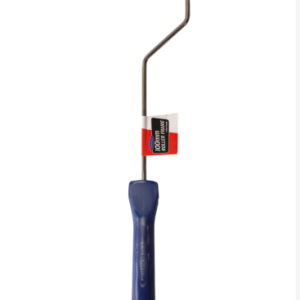- About Sotaville
- Solutions
-
- Products
- ServicesWhat is Lorem Ipsum? Lorem Ipsum is simply dummy text of the printing and typesetting industry. Lorem Ipsum has been the industry’s standard dummy text ever since the 1500s, when an unknown printer took a galley of type and scrambled it to make a type specimen book. It has survived not only five centuries, but also the leap into electronic typesetting, remaining essentially unchanged. It was popularised in the 1960s with the release of Letraset sheets containing Lorem Ipsum passages, and more recently with desktop publishing software like Aldus PageMaker including versions of Lorem Ipsum. Why do we use it? It is a long established fact that a reader will be distracted by the readable content of a page when looking at its layout. The point of using Lorem Ipsum is that it has a more-or-less normal distribution of letters, as opposed to using ‘Content here, content here’, making it look like readable English. Many desktop publishing packages and web page editors now use Lorem Ipsum as their default model text, and a search for ‘lorem ipsum’ will uncover many web sites still in their infancy. Various versions have evolved over the years, sometimes by accident, sometimes on purpose (injected humour…
- News
- Contact
The painting stage in shipbuilding is known as a crucial step that shipyards often focus on. Let’s take a closer look at this phase and the important precautions to keep in mind.
Overview of the painting process in shipbuilding
The painting stage not only aims to enhance the ship’s aesthetic appearance but also serves as an essential protective layer against corrosion caused by seawater salt, UV rays, chemicals, marine microorganisms, and more. Ships are typically coated with multiple layers, including anti-rust primer, intermediate coats, and a topcoat, depending on the area such as the hull bottom, exposed hull, or engine room.
Additionally, some specialized paints offer anti-fouling properties (preventing marine organisms from attaching to the hull), heat resistance, or fire retardancy.
Importance of the painting stage in shipbuilding
Role in the ship production process
Painting directly affects the lifespan and safety of the ship’s hull. A quality paint job helps reduce maintenance frequency, improves operational efficiency (such as fuel savings by reducing water drag), and protects valuable assets worth billions of VND from rapid oxidation and metal corrosion during sea voyages.
Potential hazards and specific working conditions
Painters often face the following risks:
-
Inhalation of paint fumes containing organic solvents — which can cause dizziness, respiratory irritation, and even neurological damage
-
Working in confined or poorly ventilated spaces (e.g., ballast tanks, ship holds)
-
Fire and explosion hazards due to flammable paints
-
Skin contact with paint and solvents causing irritation or allergies
-
Working at heights or in awkward positions with slip risks if fall protection is not ensured
Necessary protective equipment
To ensure safety for workers during the painting process, the following PPE is required:
-
Half-face or full-face respirators with organic vapor filters (A1, A2)
-
Chemical-resistant suits or disposable coveralls designed for painting
-
Nitrile or butyl gloves resistant to solvents
-
Sealed safety goggles that prevent paint and chemical vapors from entering
-
Anti-slip safety boots
-
Full-body harnesses for working at height or on unstable ship decks
-
Ear plugs or muffs when using high-power spray guns
Recommended protective equipment and selection tips
-
Regularly check respirator seals and replace filters when filter efficiency drops
-
Protective clothing should prevent static electricity buildup, especially in confined painting areas
-
Gloves should be waterproof yet flexible to allow precise paint application
-
Avoid using regular medical masks instead of respirators — they do not provide adequate respiratory protection
-
Always use ventilation fans or exhaust systems in enclosed painting spaces
Currently, Sotaville is the official distributor of personal protective equipment from leading reputable brands in the market. Contact our hotline at 0889108080 for expert consultation on protective gear suitable for the painting stage.




